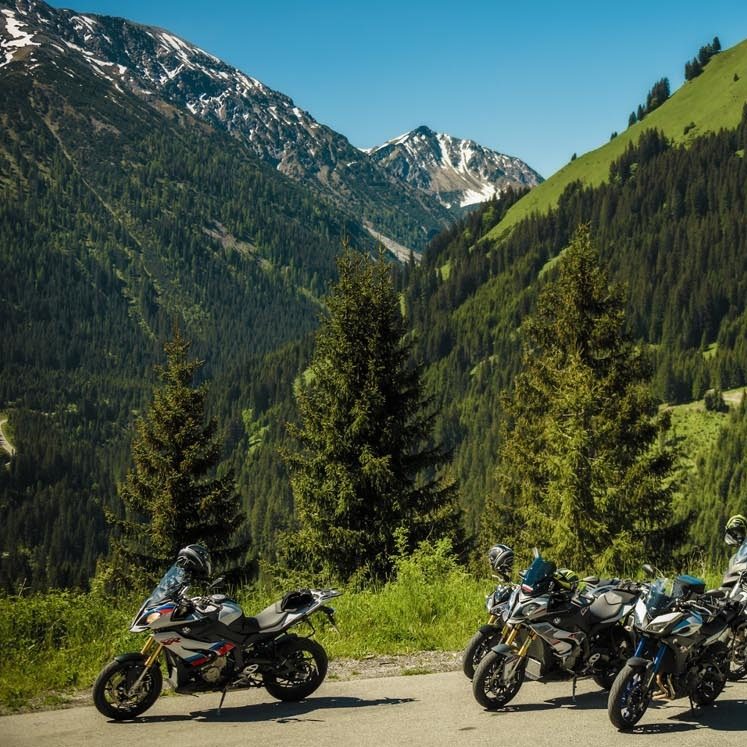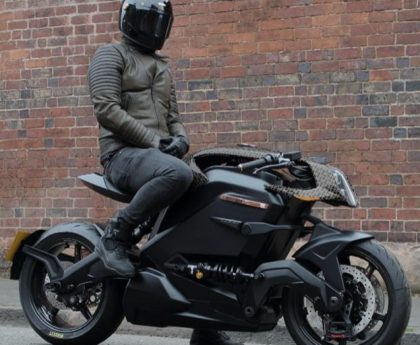Introduction to Motorcycle Trips
The Thrill of the Open Road
Motorcycle trips offer an exhilarating experience, providing riders with the freedom to explore the world from a unique perspective. The thrill of the open road, combined with the wind in your hair, creates unforgettable memories. Each journey brings a sense of adventure and discovery, making motorcycle trip special. Planning your route carefully can enhance this joy, ensuring you experience the best that the roads have to offer.
Importance of Route Planning
Effective route planning is vital for maximizing enjoyment on your motorcycle trip. An ill-planned route may lead to discomfort, stress, or even danger. A well-thought-out route takes into account factors like road conditions, scenic views, and stops along the way. These considerations create a balanced itinerary that can cater to relaxation, exploration, and adventure. You want to reach your destination smoothly while enjoying the journey itself.
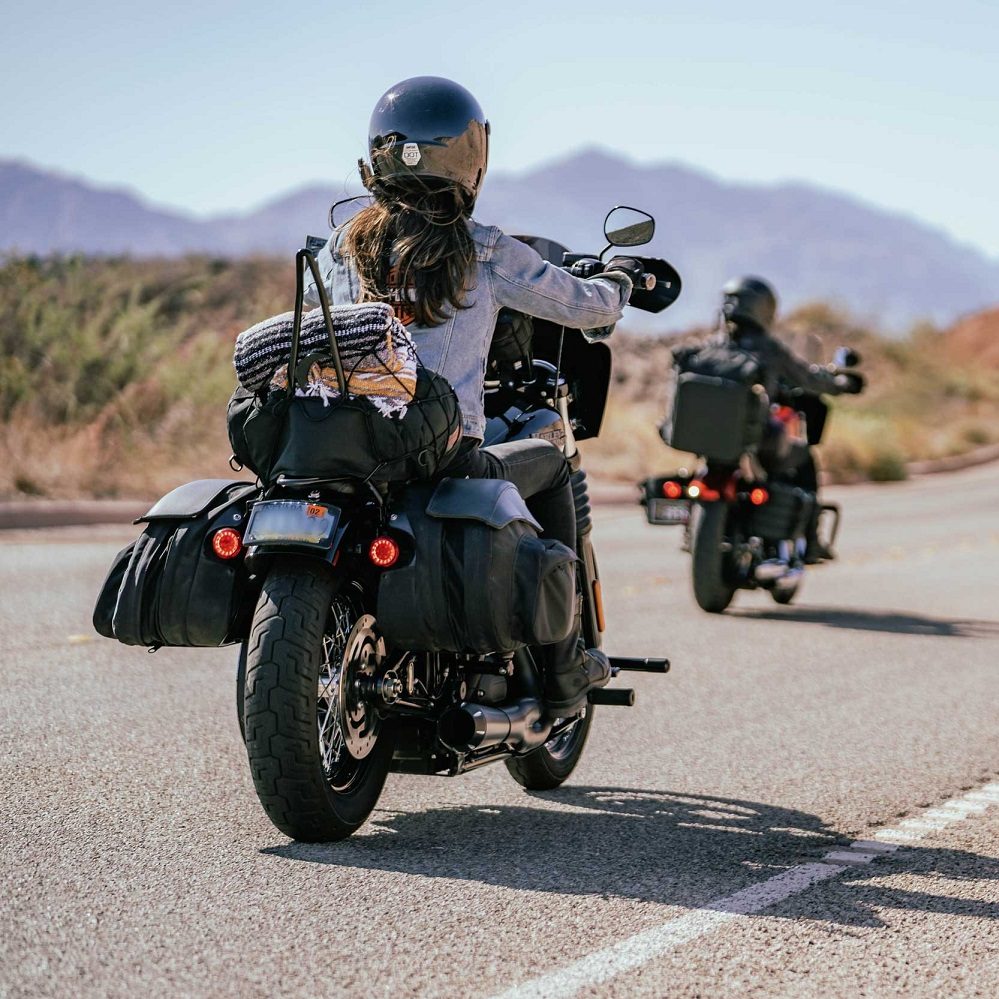
Overview of This Article
In this article, we will explore essential tips for planning your motorcycle trip route. From selecting destinations and mapping out scenic routes to factoring in accommodations and safety measures, we will cover the key elements to consider. By using these tips, riders can create a memorable and enjoyable motorcycle journey.
Selecting Your Destinations
Choosing Your Starting Point
The first step in planning a motorcycle trip is selecting your starting point. Your home base could be the beginning of an exciting journey to unexplored territories. Consider the distance you’re willing to travel to your first stop, as well as how much time you have for the entire trip. This decision sets the tone for your adventure.
Researching Destinations
Think about the destinations you’d like to visit. Whether it’s national parks, scenic coastlines, or historic towns, each location will provide a different experience. Research potential stops, checking out attractions, eateries, and lodging options. Compiling a list of must-visit sites can guide your planning and ensure you do not miss out on important experiences.
Setting Goals for Your Trip
Establishing goals for your motorcycle trip can help shape your itinerary. Are you looking for a scenic ride, historical exploration, or a culinary adventure? Identifying your goals will guide your route selection and stop decisions. Clearly defined objectives allow you to tailor your journey to fit your interests and desires.
Mapping Your Route
Utilizing Technology
Today, technology makes route planning easier than ever. Many apps and GPS systems are designed specifically for motorcycle riders. These tools offer features that prioritize scenic roads, avoid highways, and highlight points of interest along your route. Some popular options include Google Maps, Calimoto, or Rever, which cater to motorcycle enthusiasts and provide tailored recommendations.
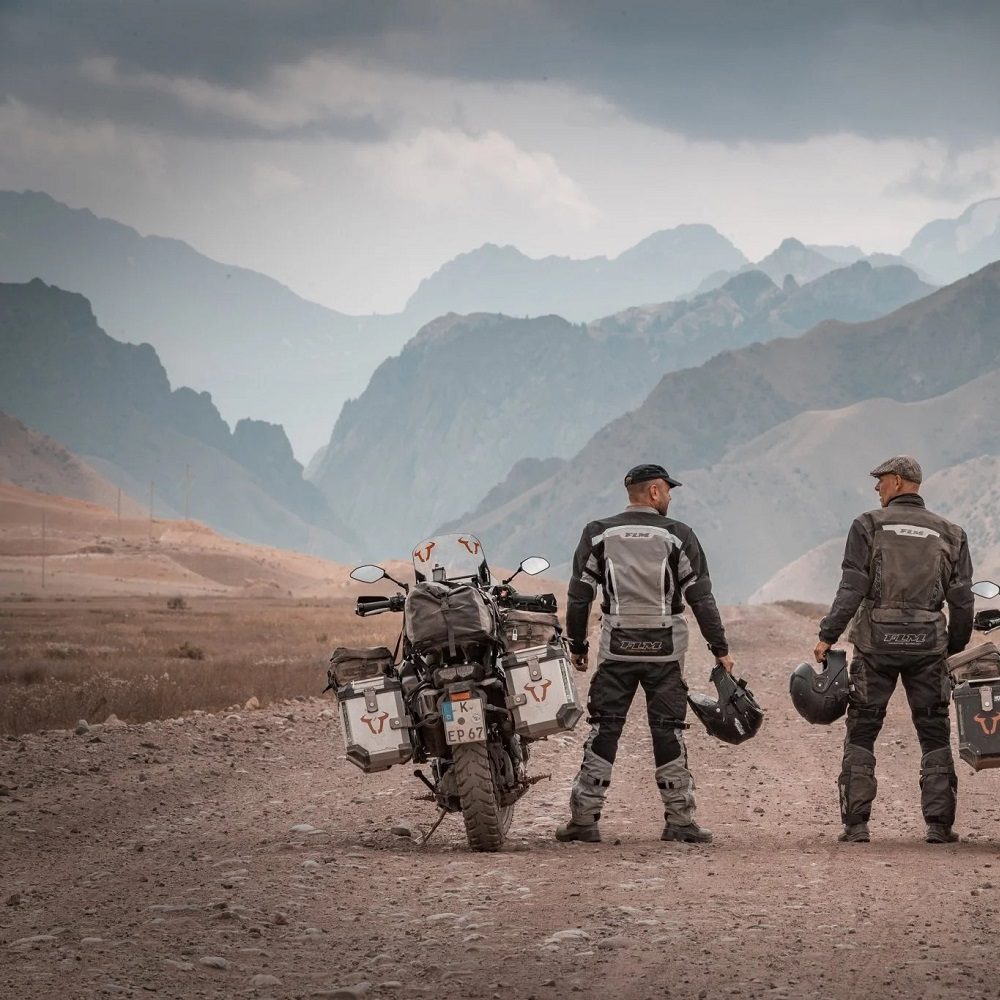
Route Options and Features
While mapping your route, consider different options available. Look for scenic byways, mountain passes, or coastal roads that accentuate the ride’s experience. Tools that allow you to customize your journey based on preferences can help create a memorable trip. Utilizing these tech capabilities will enhance your planning process and ensure that the route meets your expectations.
Balancing Directness and Scenic Beauty
When choosing a route, be mindful of finding a balance between efficiency and scenic beauty. While aiming for the quickest route can save time, scenic routes often provide stunning landscapes and experiences. Deliberately incorporating scenic roads into your plan can transform a mundane ride into an unforgettable journey.
Identifying Scenic Stops
Researching Points of Interest
Incorporating scenic stops along your route can make your journey more enjoyable. Research attractions, parks, and landmarks that align with your interests. Consider historical sites, breathtaking viewpoints, and towns known for their unique character. Each stop offers an opportunity to stretch your legs, refuel, and immerse yourself in new experiences.
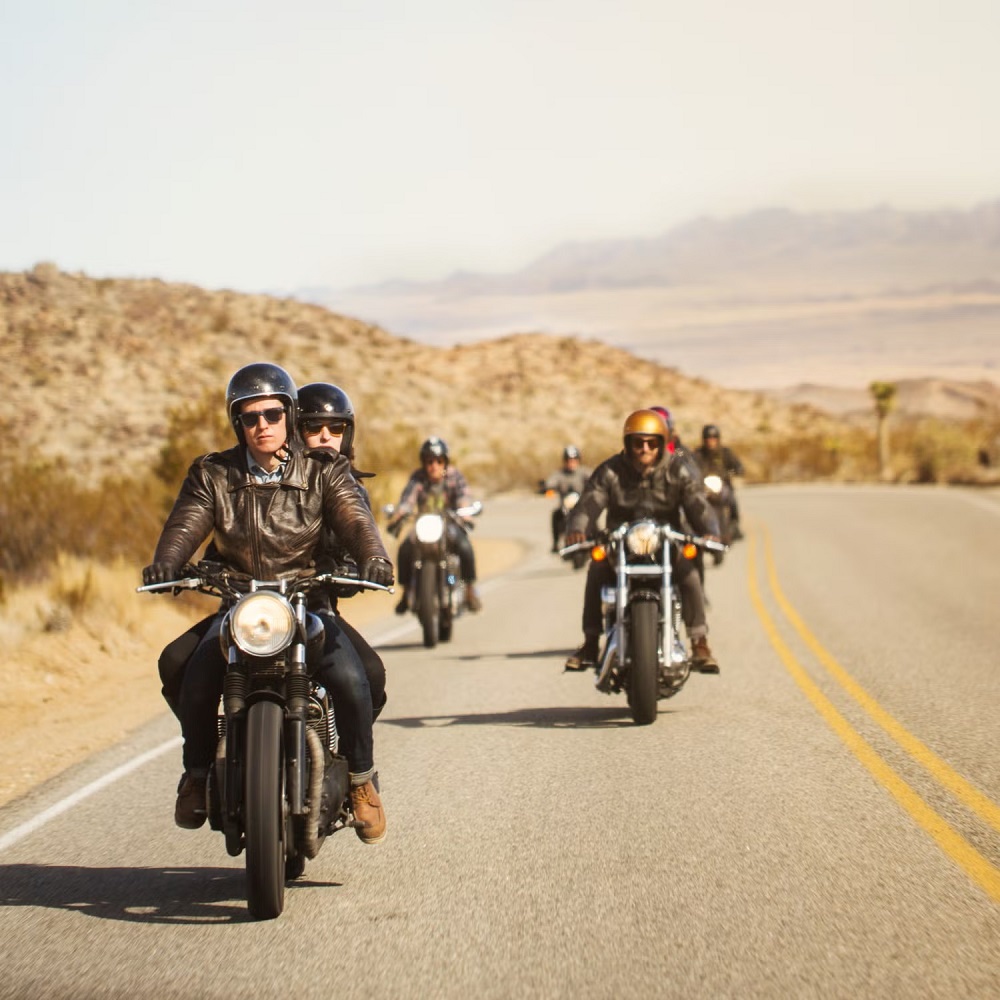
Planning Meal Stops
Don’t overlook the importance of meal stops during your trip. Look for local restaurants or food markets along your route that offer authentic dining experiences. Trying regional cuisine can add a delightful layer to your travel adventure. Take the opportunity to interact with locals and learn more about the area’s culture through its food.
Assessing Time for Exploration
While planning scenic stops, be sure to allocate time for exploration. Each stop should allow you to fully engage with the location rather than just a quick snapshot. Sometimes, the most memorable moments arise from unexpected discoveries. Building in time for leisurely exploration allows for genuine engagement with the places you visit.
Considering Accommodation Options
Choosing Where to Stay
As you map your journey, consider where you will stay during your motorcycle trip. Options include motels, hotels, camping sites, and even hostels. Each option offers different levels of comfort and amenities. Your choice will depend on your budget, preferred level of comfort, and the specific areas you are traveling through.
Booking Ahead or Staying Spontaneous
Decide whether you want to book accommodations in advance or keep your schedule flexible. If your trip includes popular areas or peak seasons, booking ahead is advisable. However, a spontaneous approach can lead to exciting discoveries. Just ensure that you have a backup plan in case accommodations are booked up.
Considerations for Parking
When choosing accommodations, consider the parking situation for your motorcycle. Some hotels and motels offer secure parking areas specifically for motorcycles, which can provide peace of mind. Additionally, inquire about any additional fees associated with parking your bike. Ensuring a safe environment for your motorcycle enhances your overall comfort during the trip.

Safety and Preparedness
Pre-Trip Checklist
Before you embark on your motorcycle trip, create a comprehensive checklist to ensure you are fully prepared. This list should include items related to both motorcycle maintenance and personal gear. Perform a thorough maintenance check of your bike, including tire pressures, fluid levels, brakes, and lights.
Essential Gear to Pack
In addition to safety checks, pack essential gear that will enhance your journey. This includes a well-fitted helmet, gloves, riding jacket, and weather-appropriate clothing. Don’t forget essentials like a first-aid kit, tool kit, and basic spare parts. Being prepared for emergencies is vital for ensuring that your trip runs smoothly.
Staying Informed About Conditions
Stay informed about weather conditions along your route. Weather can change quickly, especially if you plan to ride through mountainous or coastal areas. Be adaptable; if conditions appear unsafe for riding, adjust your plans as needed. It’s better to arrive a bit late than to risk encountering dangerous weather on your journey.
Embracing the Ride
Enjoying the Experience
Motorcycle trip is about more than just reaching a destination. They are opportunities to enjoy the freedom of the ride. Embrace the scenery and the joy that comes from traveling on two wheels. Allow yourself to fully appreciate each moment spent on the motorcycle.
Connecting with Fellow Riders
During your trip, take time to connect with fellow riders. Motorcycling fosters a sense of community. Stopping at cafes, gas stations, or rest areas allows you to share stories, gather tips, and exchange experiences. This camaraderie enriches the journey and may lead to lasting friendships.
Maintaining a Positive Mindset
While it’s essential to have a plan, maintaining flexibility is vital. Not every ride will go as planned, and unexpected challenges may arise. Embrace a positive mindset, view obstacles as opportunities, and cultivate an attitude of adventure. A willingness to adapt can transform potential setbacks into unforgettable experiences.
Dealing with Road Conditions
While planning a motorcycle trip, it is essential to consider the variety of road conditions you may encounter. Not all roads are equal; some may be well-paved while others might have potholes, gravel, or even construction zones. Awareness of these conditions can significantly impact your riding experience. Take the time to research the roads you plan to travel, including any historical weather patterns that could affect road safety.
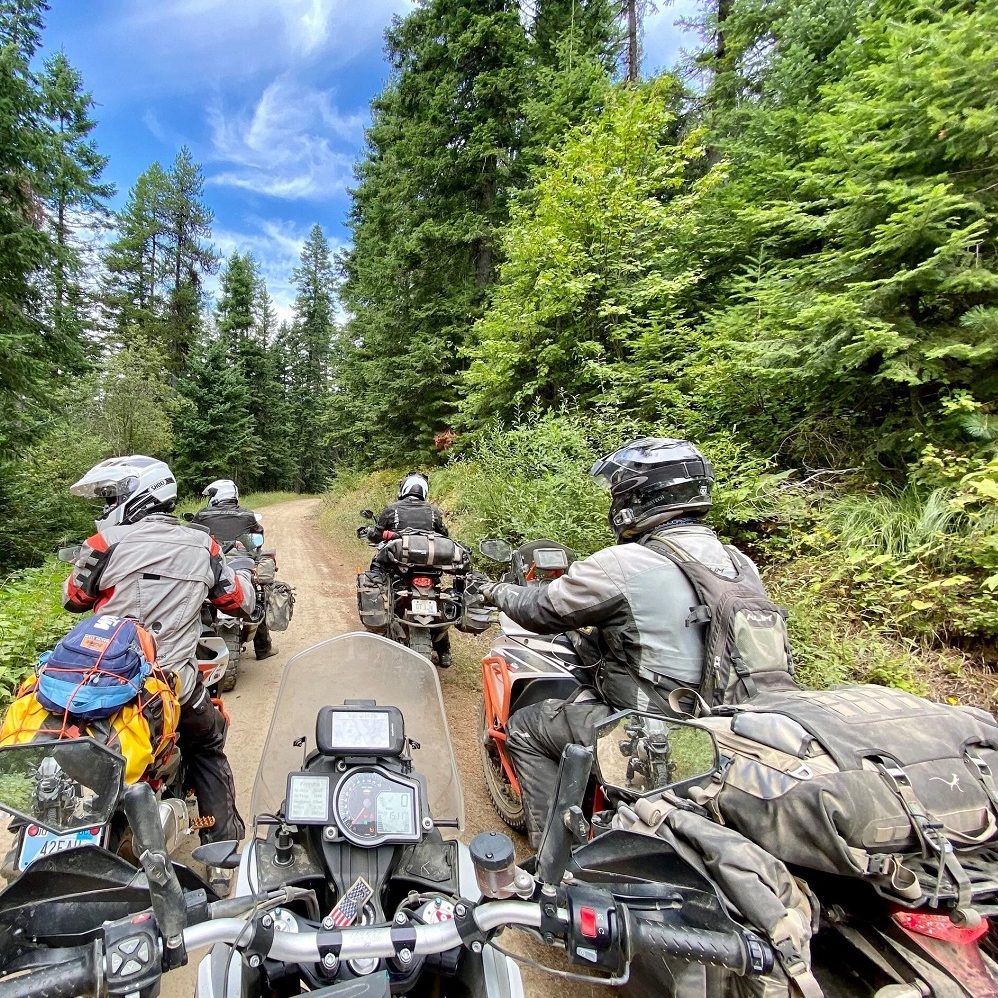
Adjusting Your Riding Style
Different road conditions may require adjustments to your riding style. On rough or uneven surfaces, it’s essential to reduce your speed and stay alert for potential hazards. If you find yourself on gravel roads, position your body to maintain balance and control. Understanding how to handle your motorcycle in varied conditions enhances not only your safety but your overall enjoyment of the trip.
Emergency Preparedness
Another critical aspect of planning a motorcycle trip is preparing for emergencies. Despite the best planning, unexpected situations can arise. Flat tires, mechanical failures, or even minor accidents can occur during your journey. Knowing how to address these issues beforehand can alleviate stress. Ensure you have a basic understanding of motorcycle maintenance, and consider bringing a small repair kit with essential tools.
Developing an Emergency Plan
Create an emergency plan that includes important contact information and roadside assistance. Know how to access help, whether it’s through a roadside assistance policy or local services along your route. Familiarize yourself with emergency procedures, such as how to change a tire or how to call for help. Being prepared for emergencies can provide peace of mind during your motorcycle trip.
Reflecting on Your Journey
The Value of Travel Experiences
Once your motorcycle trip is complete, take the time to reflect on your experiences. Each journey offers lessons and memories that contribute to your growth as a rider. Consider keeping a travel journal or blog to document your thoughts, insights, and experiences during the trip. Recording your adventures will help you recall the places you’ve visited and the people you’ve met.
Sharing Your Adventures
Sharing stories and experiences with family and friends can inspire others to embark on their adventures. Whether through social media or casual conversations, these stories can highlight the joy of motorcycling. Sharing your adventures also fosters a sense of community within the motorcycling culture, connecting you with like-minded individuals who share your passion for the open road.
Planning Future Trips
Finally, use the insights gained from your motorcycle trip to plan future adventures. Evaluate what worked well and what could improve for next time. Consider new destinations, routes, or challenges that excite you. With every trip, your skills and knowledge as a rider expand, paving the way for even more rewarding journeys ahead. Embrace your love for the ride and look forward to exploring new horizons with confidence and enthusiasm. Safe travels on your next motorcycle adventure!
